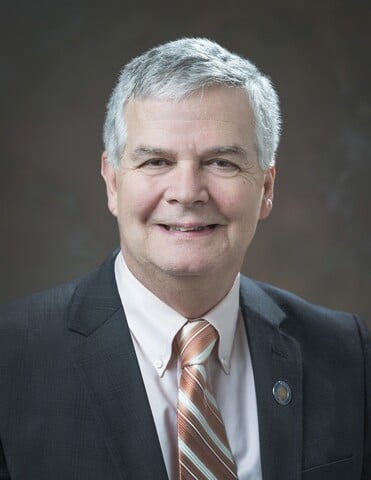When you call 911, you expect with rock-solid confidence there will be someone to answer the call. You also expect help is on the way. Confidence in the midst of a catastrophe is taken for granted every day.
What many people don’t know is how it all works on the back end. It takes dedicated people and immense resources through shared revenue to local municipalities to get injured and sick individuals to a place they can be treated.
It’s not supposed to matter where you are located. You should expect someone trained in emergency medical services (EMS) to show up when you call.
But increasingly it does matter where you are as more villages and towns struggle to provide emergency services. There are two major reasons for this: lack of personnel and lack of resources and funding.
In most cases, attracting workers to any public service job is a challenge, but recruiting workers into emergency services presents unique challenges. It takes a special kind of person who can respond to the scene of an emergency and calmly apply their training in a high-stress situation.
Emergency responders have varying levels of training. First responder training is considered a bare minimum for emergency responders, but some providers have higher levels of certification. EMS responders have more advanced training and achieve a certification that allows them to deal with more complicated cases, such as spinal injuries. A paramedic has even more training, and can deal with a wide variety of life-threatening situations that require more intensive emergency treatments.
Each of these professions take time and money to learn, and there is a serious shortage of interested people willing to serve in these critical roles. Often in rural areas, emergency responders are volunteers, but even so, training costs money. Education takes time, which means paying workers for their time while training, even if they won’t be full-time professionals such as you will find in cities. Equipment is costly too. An ambulance can cost anywhere from $180,000 to $300,000, and I’m sure you’ll want that ambulance fully equipped if you’re the one calling.
With ever-mounting costs and an acute shortage in trained personnel, some smaller municipalities have turned to cities for help. Towns contract with city services to answer their calls, which cuts down on costs, but outsourcing this job to the city results in longer lag times from when the call comes in to when the ambulance arrives. I have heard of instances where it has taken 20 or 30 minutes or even an hour before an ambulance showed up to some rural calls. Worse than that, I have heard some people tell me that when they called they were told an ambulance was not available.
In many cases, minutes or seconds are crucial to saving a life. If service is not provided in your own town, it can be quite a wait for a response that may be coming from a city 30 miles away. To make matters worse, the closest hospital might be an hour away. In highly time-sensitive cases you may need a helicopter to get there, which is costly in both time and resources.
I’ve heard from countless constituents about their struggles with access to emergency medical services. These problems are the inevitable consequences of underfunding our local units of government for years.
We can provide additional funding through increasing the shared revenue formula. Governor Evers’ 2023-25 state budget includes increasing the amount of shared revenue for local communities, with some earmarked specifically for emergency services.
I’ll be coming to communities around the 31st Senate District in the coming weeks to talk about the Governor’s budget and how shared revenue funding will help our communities serve residents. Please keep an eye out for when I’ll be in your community. You can see dates on my website as they are scheduled at linktr.ee/sensmith. I look forward to hearing from you.


Add new comment